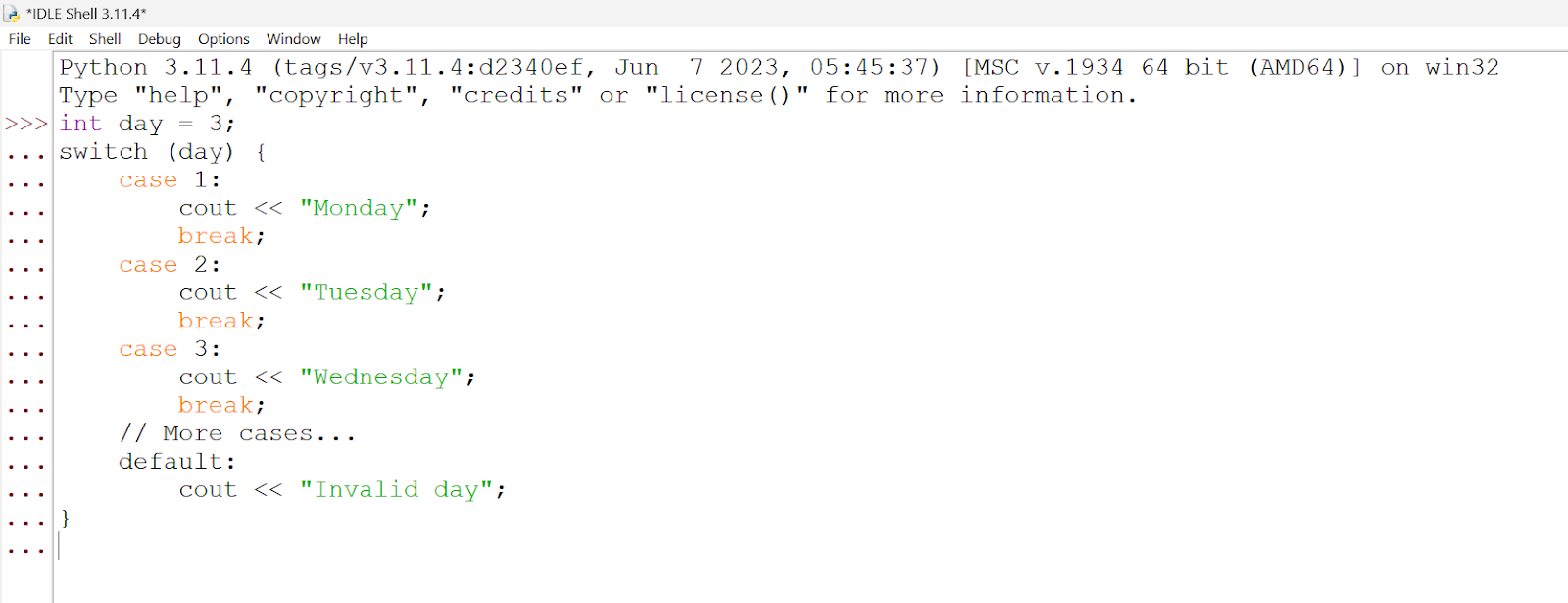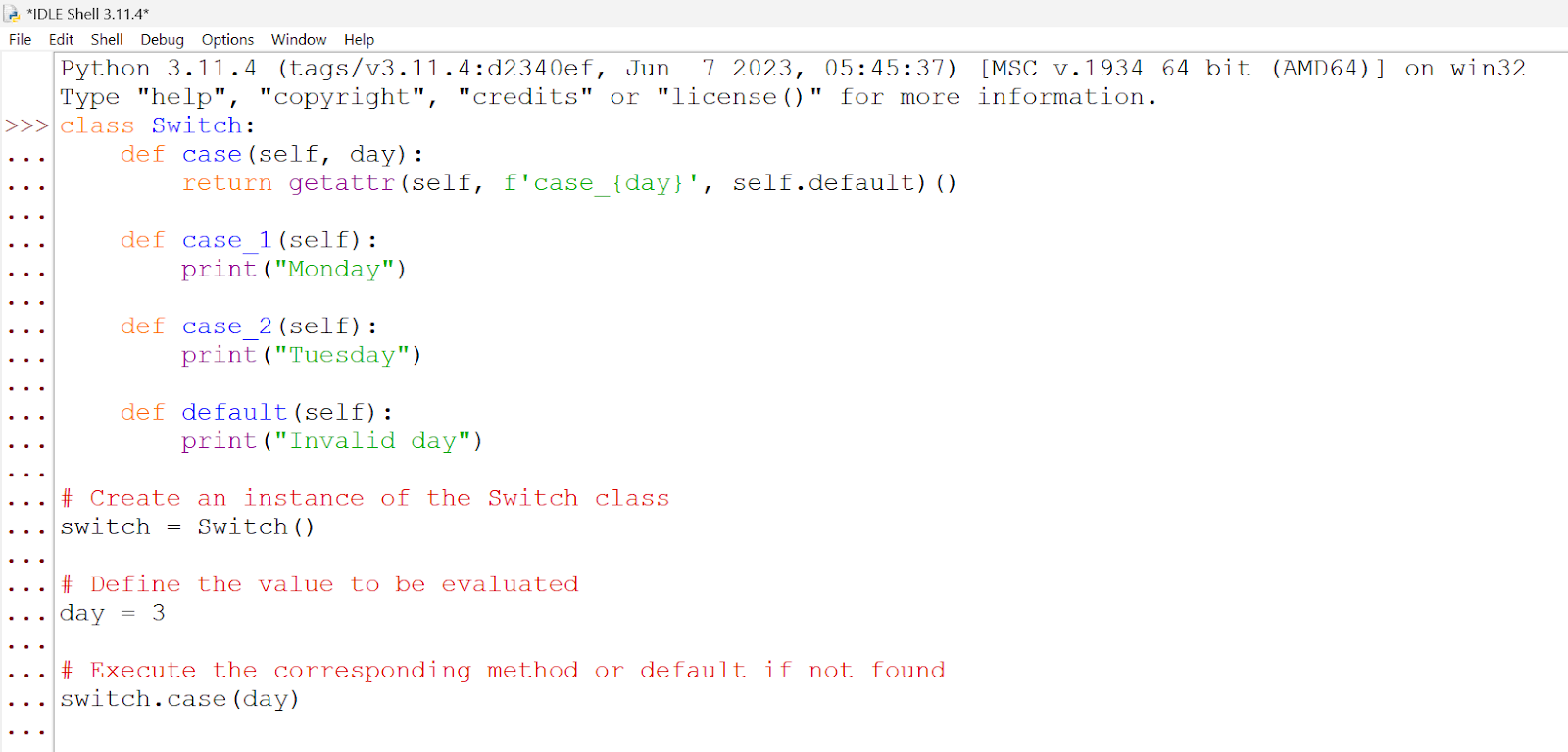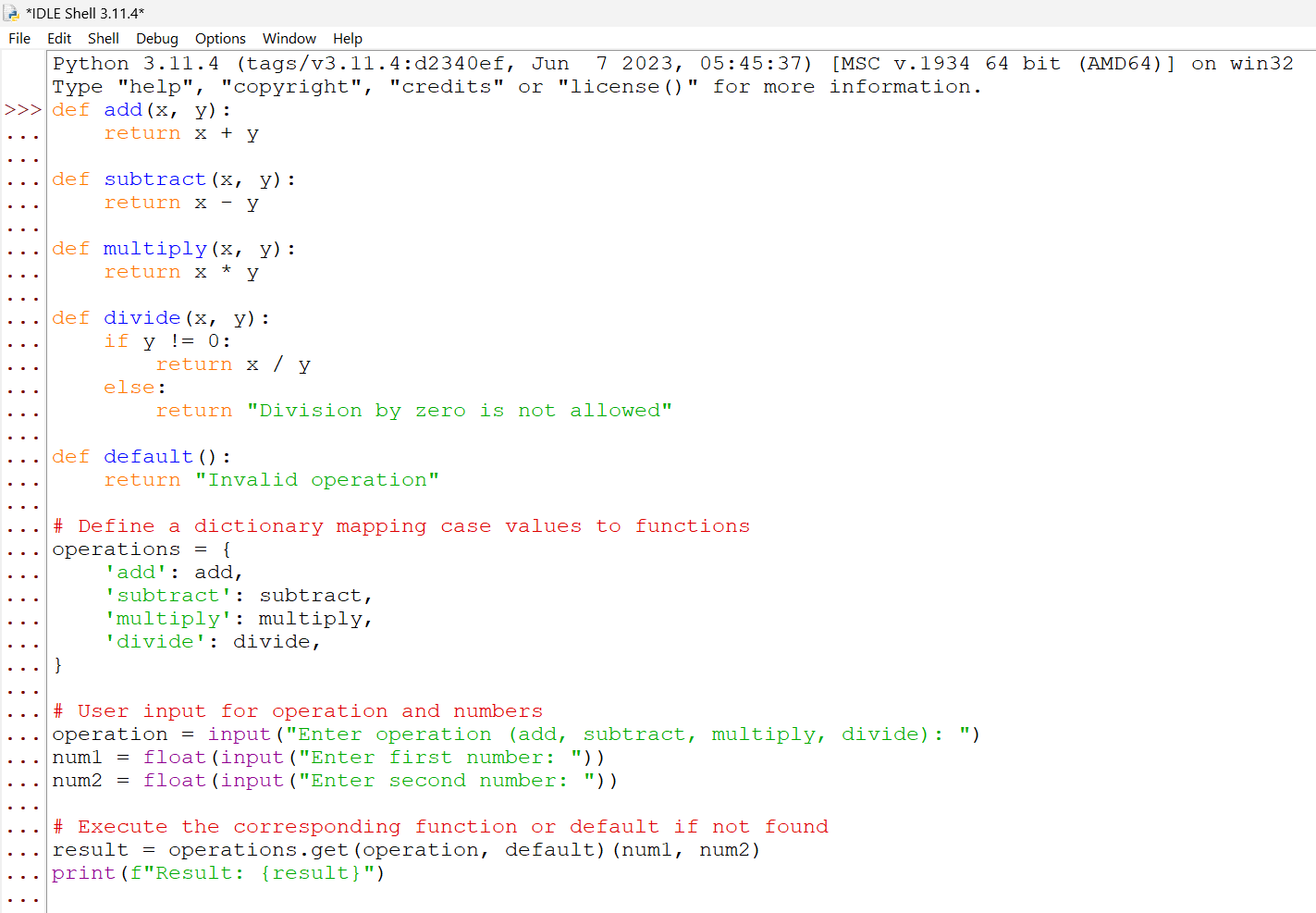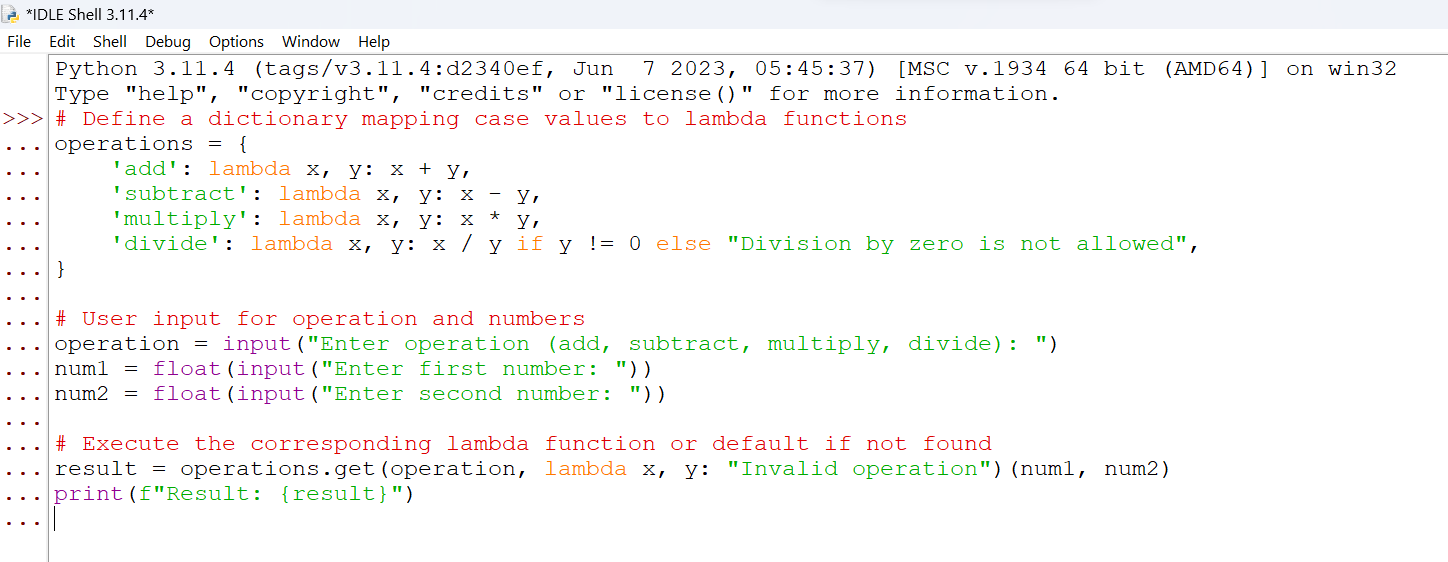For working professionals
For fresh graduates
- Study abroad
More
- Executive Doctor of Business Administration from SSBM
- Doctorate in Business Administration by Edgewood College
- Doctorate of Business Administration (DBA) from ESGCI, Paris
- Doctor of Business Administration From Golden Gate University
- Doctor of Business Administration from Rushford Business School, Switzerland
- Post Graduate Certificate in Data Science & AI (Executive)
- Gen AI Foundations Certificate Program from Microsoft
- Gen AI Mastery Certificate for Data Analysis
- Gen AI Mastery Certificate for Software Development
- Gen AI Mastery Certificate for Managerial Excellence
- Gen AI Mastery Certificate for Content Creation
- Post Graduate Certificate in Product Management from Duke CE
- Human Resource Analytics Course from IIM-K
- Directorship & Board Advisory Certification
- Gen AI Foundations Certificate Program from Microsoft
- CSM® Certification Training
- CSPO® Certification Training
- PMP® Certification Training
- SAFe® 6.0 Product Owner Product Manager (POPM) Certification
- Post Graduate Certificate in Product Management from Duke CE
- Professional Certificate Program in Cloud Computing and DevOps
- Python Programming Course
- Executive Post Graduate Programme in Software Dev. - Full Stack
- AWS Solutions Architect Training
- AWS Cloud Practitioner Essentials
- AWS Technical Essentials
- The U & AI GenAI Certificate Program from Microsoft
13. Print In Python
15. Python for Loop
19. Break in Python
23. Float in Python
25. List in Python
27. Tuples in Python
29. Set in Python
53. Python Modules
57. Python Packages
59. Class in Python
61. Object in Python
73. JSON Python
79. Python Threading
84. Map in Python
85. Filter in Python
86. Eval in Python
96. Sort in Python
101. Datetime Python
103. 2D Array in Python
104. Abs in Python
105. Advantages of Python
107. Append in Python
110. Assert in Python
113. Bool in Python
115. chr in Python
118. Count in python
119. Counter in Python
121. Datetime in Python
122. Extend in Python
123. F-string in Python
125. Format in Python
131. Index in Python
132. Interface in Python
134. Isalpha in Python
136. Iterator in Python
137. Join in Python
140. Literals in Python
141. Matplotlib
144. Modulus in Python
147. OpenCV Python
149. ord in Python
150. Palindrome in Python
151. Pass in Python
156. Python Arrays
158. Python Frameworks
160. Python IDE
164. Python PIP
165. Python Seaborn
166. Python Slicing
168. Queue in Python
169. Replace in Python
173. Stack in Python
174. scikit-learn
175. Selenium with Python
176. Self in Python
177. Sleep in Python
179. Split in Python
184. Strip in Python
185. Subprocess in Python
186. Substring in Python
195. What is Pygame
197. XOR in Python
198. Yield in Python
199. Zip in Python
Switch Case in Python
Introduction
In many programming languages, switch case statements are a fundamental control flow construct that allows developers to execute specific blocks of code based on the value of a variable or an expression. While languages such as C++ and Java have a dedicated switch case statement, Python stands out by not having a native implementation of this feature. Because of this, programmers have investigated alternative methods to achieve similar functionality.
In this article, we will go over the switch case in Python in detail. We will analyze the idea, explain why Python does not use it, and explore several ways to implement switch case-like behavior. Dictionary mapping, if-else statements, and class-based approaches are examples of these methods. In addition, we will discuss Python's philosophy of simplicity and readability and how it influences the selection of alternative constructs. By the end of this article, readers will have a thorough understanding of Python switch case emulation and its practical applications.
Overview
Switch case statements, also known as switch statements, are an extremely useful programming tool. They allow you to run different code blocks based on the value of a variable or expression. Switch case is a common and efficient way to handle multiple conditions in languages such as C++, Java, and JavaScript.
Consider the C++ example below:
In this example, the code prints "Wednesday" because the day has a value of 3. If the day were 1, it would print "Monday," and so on.
However, Python does not include a switch case statement. This omission frequently confuses Python newcomers who are familiar with switch cases from other languages. But do not worry; Python provides alternative methods for achieving similar functionality.
In Python, What is a Switch Case?
Switch case in Python refers to the concept of executing different blocks of code based on the value of a variable or expression. While Python lacks a native switch case statement, developers have devised inventive ways to mimic this behavior using other language features.
Examples
Consider a simple switch-case scenario: printing a day's name based on its numeric representation.
You could write in a programming language such as C++:
This code would print "Wednesday" because the day is 3. In Python, achieving similar functionality requires a different approach.
How to Use Python Switch Case?
There are several methods for implementing switch case-like behavior in Python. We will look at three common approaches:
1. Using Dictionary Mapping:
Create a dictionary that maps case values to functions or code blocks. This method is adaptable and can effectively handle a variety of scenarios.
How It Works:
- Create Functions: Begin by defining functions for each case or scenario you want to handle. These functions encapsulate the code to execute when a specific case is matched.
- Build the Dictionary: Create a dictionary where the keys represent the case values, and the values are references to the corresponding functions you defined earlier. This dictionary acts as your "switch" to select the appropriate action based on the case value.
- Evaluate and Execute: Retrieve the value or expression to be evaluated. Use this value to look up the corresponding function in the dictionary and execute it. If no match is found, you can define a default action.
Advantages:
- Clean and Readable: This method keeps your code clean and highly readable, especially when dealing with multiple cases.
- Separation of Concerns: By defining functions for each case, you can encapsulate specific logic in a modular way.
- Extensible: You can easily add or modify cases by updating the dictionary without affecting other parts of your code.
2. Using if-else Statements:
To test each case, use a series of if-else statements. While simple, this approach can be time-consuming in many cases.
How It Works:
- Define Conditions: Create a series of if-elif-else statements, with each condition checking if the value or expression matches a specific case.
- Code Blocks: For each case, specify the code block or action to be executed when the condition is met. Additionally, define an "else" block for cases that do not match any condition.
Advantages:
- Simplicity: This method is easy to understand and implement, making it suitable for a small number of cases.
- Explicit Control: You have full control over each condition and its corresponding code block.
3. Using a Class:
Create a class that includes methods for each case as well as a default method. This method implements switch case emulation in an object-oriented manner.
How It Works:
- Create a Class: Define a class that will serve as your "switch." Within this class, define methods for each case. These methods encapsulate the code to execute when a specific case is matched.
- Case Methods: Create methods within the class, naming them according to the case values. These methods should contain the code blocks for their respective cases.
- Default Method: Include a default method in the class to handle cases where no match is found. This method acts as a fallback.
- Instantiate and Execute: Create an instance of the class and then call the appropriate method based on the evaluated value or expression.
Advantages:
- Object-Oriented: This approach aligns with the principles of object-oriented programming, offering a structured and organized way to handle cases.
- Separation of Concerns: Each case's logic is encapsulated within its respective method, promoting modularity and maintainability.
What is Python's Replacement for the Switch Case?
Python's design philosophy prioritizes readability and simplicity. While switch case statements can be useful in some situations, Python's if-elif-else statements, in conjunction with dictionary mapping and other constructs, provide flexible alternatives that keep the language readable.
The specific use case frequently determines the replacement for the switch case in Python. You can take one of several approaches:
1. Dictionary Mapping: Use dictionaries to map case values to functions, improving the organization and efficiency of your code.
2. If-elif-else Statements: If-elif-else statements are simple and efficient for a small number of cases.
3. Class-Based Approach: Create a class with methods for each case, allowing for a more structured and object-oriented implementation.
Now, let us proceed into each of these methods in detail, with examples, explanations, and, where appropriate, screenshots or images.
Method 1: Using Dictionary Mapping to Switch Case in Python
Using a dictionary to map case values to functions or code blocks is one of the most common and versatile ways to emulate switch cases in Python. This is how it works:
In this example, we define a dictionary (switch) to map case values to functions and then run the corresponding function based on the value of the day.
Method 2: Using If-Else Statements to Switch Cases in Python
A series of if-else statements can also be used to simulate switch case behavior in Python. Here is an example:
This approach is simple but can be time-consuming in many cases due to the need to write multiple if-elif-else blocks.
Method 3: Using a Class to Switch Case in Python
You can also use a class-based approach to implement switch case logic in Python. Here is an illustration:
In this method, we define a class (Switch) with case_x methods, where x is the case value. The case method evaluates the value and invokes the corresponding method or the default method if none of the options match.
Switch Case in Python Using a Dictionary
Let us take a closer look at implementing switch cases with the dictionary mapping method. This method is adaptable and can effectively handle a variety of scenarios.
Making Use of Functions
You can map case values to functions using the dictionary mapping method. Here is an example of a more extensive use case:
In this example, we use a dictionary to map mathematical operations (add, subtract, multiply, divide) to functions. Users can specify the operation they want to carry out, and the corresponding function is called.
Making Use of Lambda Functions
You can also use lambda functions within the dictionary to make the code more concise. Here is an illustration:
In this version, we use lambda functions directly within the dictionary, which eliminates the need for separate function definitions.
Conclusion
Although Python lacks a native switch case statement, similar functionality can be achieved through methods such as dictionary mapping, if-else statements, or class-based approaches. The method you use is determined by your specific requirements and coding style preferences.
We looked at how to implement switch cases in Python, focusing on the dictionary mapping method and its variants. We also discussed alternatives and used examples to show how they could be used.
By mastering these techniques, you will be well-equipped to handle a variety of scenarios in which you need to execute code based on specific conditions, even in a language like Python that does not have a built-in switch case statement.
FAQs
1. Why doesn't Python have a built-in switch case statement like some other languages?
Python's design philosophy emphasizes simplicity and readability. While switch case statements can be useful in certain situations, Python's if-elif-else statements, combined with dictionary mapping and other constructs, provide flexible alternatives that maintain the language's readability.
2. Which method of implementing switch cases in Python is the most efficient?
Efficiency often depends on the specific use case. In general, if-elif-else statements are straightforward and efficient for a small number of cases. However, if you have many cases or need more structured code, dictionary mapping or a class-based approach may be more efficient and maintainable.
3. Are there any third-party libraries or modules that provide switch case functionality in Python?
Yes, some third-party libraries and modules, such as py-switch or python-switch, aim to provide switch case functionality in Python. However, these libraries may not be as widely adopted or integrated into the language as the methods described in this article. When choosing such libraries, it is essential to consider the trade-offs and compatibility with your project.
-9cd0a42cab014b9e8d6d4c4ba3f27ab1.webp&w=3840&q=75)
Take our Free Quiz on Python
Answer quick questions and assess your Python knowledge


Author|900 articles published


upGrad Learner Support
Talk to our experts. We are available 7 days a week, 9 AM to 12 AM (midnight)
Indian Nationals
1800 210 2020
Foreign Nationals
+918068792934
Disclaimer
1.The above statistics depend on various factors and individual results may vary. Past performance is no guarantee of future results.
2.The student assumes full responsibility for all expenses associated with visas, travel, & related costs. upGrad does not provide any a.










